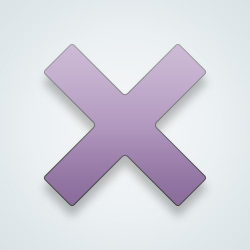I Remember Floppy Disks
3.5" (the size that became standard), and 3" (used by Amstrad among others), in rigid plastic cassettes.
5", in card sleeves.
8" - Yes - At work in the early 1990s we had an old computer that took eight-inch diameter floppy-discs! This was the only such machine I have seen.
5", in card sleeves.
8" - Yes - At work in the early 1990s we had an old computer that took eight-inch diameter floppy-discs! This was the only such machine I have seen.





